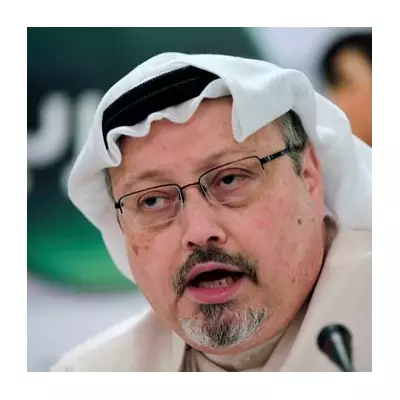
Unlikely Envoy Reveals Deep Divisions in US Administration
In a surprising diplomatic move, US Army Secretary Daniel Driscoll has emerged as the unlikely messenger for the Trump administration's controversial peace proposal to end the Russian invasion of Ukraine. The appointment of a military figure rather than an experienced diplomat highlights the unconventional approach characterising current US foreign policy under President Trump.
Driscoll's selection for this sensitive mission stems directly from his close personal ties to Vice President JD Vance, with whom he studied at Yale University and maintains a strong friendship. This connection demonstrates Vance's growing influence within the administration, particularly regarding European affairs and the ongoing Ukraine crisis.
The Vance Factor in US-Russia Relations
The vice president's involvement in Ukraine policy dates back to Ukrainian President Volodymyr Zelenskyy's difficult first visit to the Trump White House in March. Vance reportedly intervened during that meeting, demanding Zelenskyy show Trump more respect, setting the tone for what has become an increasingly strained relationship between Washington and Kyiv.
European officials have expressed concern about Vance's approach, particularly following speeches where he accused European leaders of 'running from their voters' and suggested their constituents held views more aligned with Trump's conservative, anti-immigration base. These comments created early friction in transatlantic relations that continues to influence current negotiations.
The peace proposal presented by Driscoll closely mirrors positions long advocated by Vance, who has become one of its most vocal defenders. Developed by Trump envoy Steve Witkoff and the president's son-in-law Jared Kushner alongside Kremlin representative Kirill Dmitriev, the plan has faced criticism for appearing to accommodate Russian demands.
Administration Rifts Surface Over Peace Framework
Internal divisions within the Trump administration became apparent as Secretary of State Marco Rubio initially distanced himself from the proposal. Republican Senator Mike Rounds revealed that Rubio had contacted lawmakers to clarify that the plan represented preliminary Russian suggestions rather than official US policy.
Rubio's cautious approach contrasted sharply with Vance's full-throated endorsement. The secretary of state described the framework as requiring 'difficult but necessary concessions' from both sides, while Vance aggressively promoted the plan through social media and direct engagement with Zelenskyy.
The administration's internal tensions were further exposed during weekend talks in Geneva, where Rubio joined a US delegation attempting to modify the initial 28-point peace plan to make it more acceptable to Ukrainian officials. This came after Driscoll's earlier efforts to promote the agreement were described as turbulent by European policymakers.
With President Trump pushing for a signed agreement before Thanksgiving, the pressure on Ukraine to accept what some officials have called a 'capitulation' continues to intensify. The emerging power dynamic within the White House, where Vance appears to be gaining influence over traditional foreign policy hawks like Rubio, suggests significant shifts in how America engages with both allies and adversaries on the global stage.





